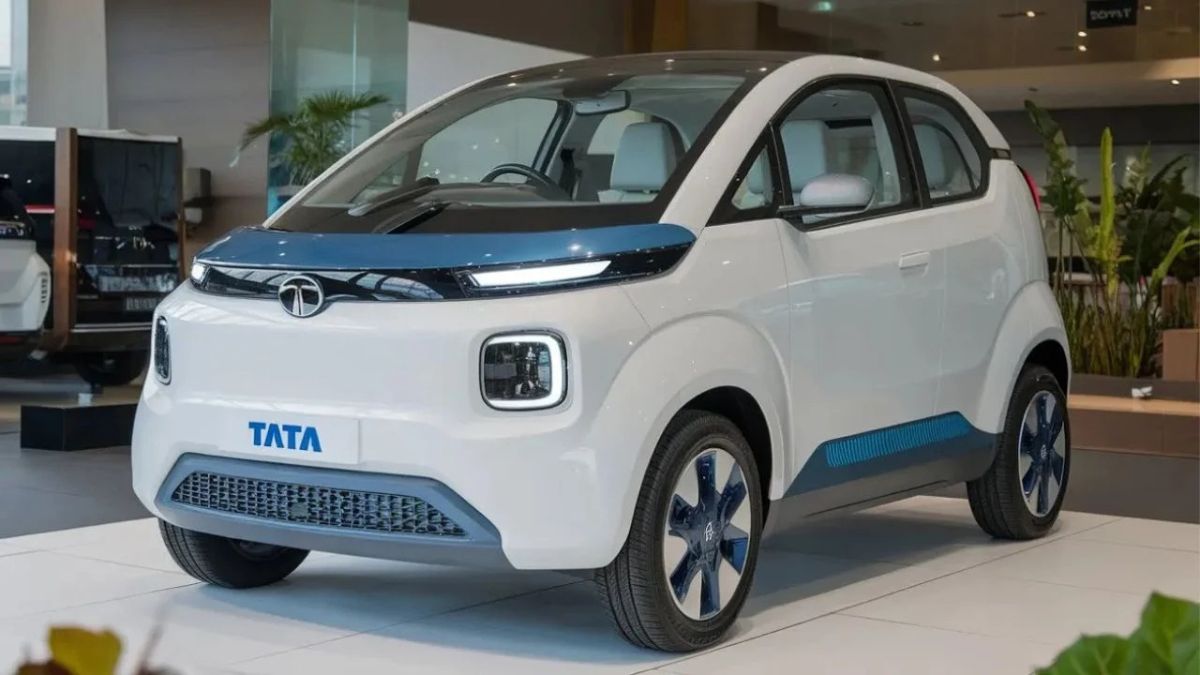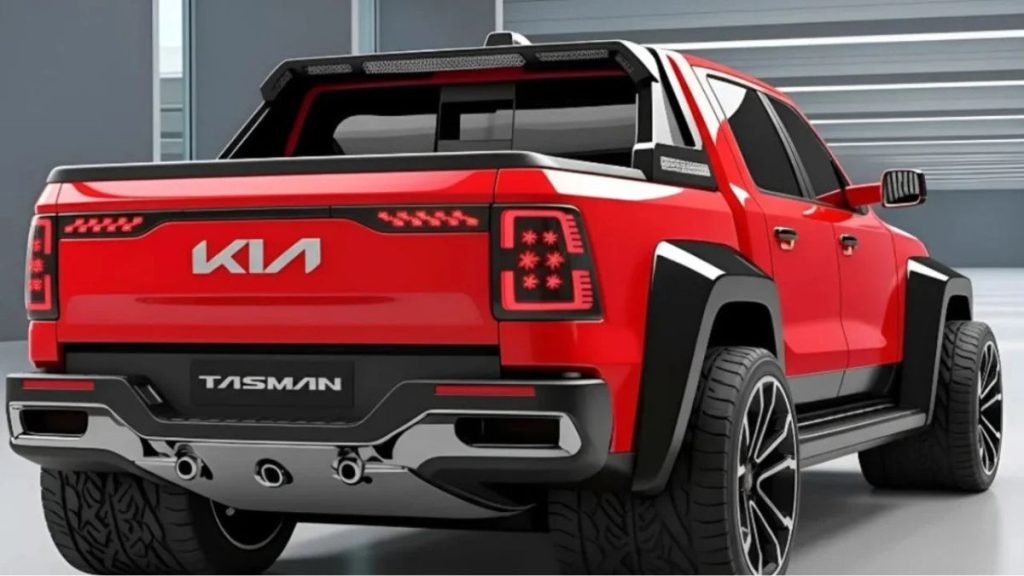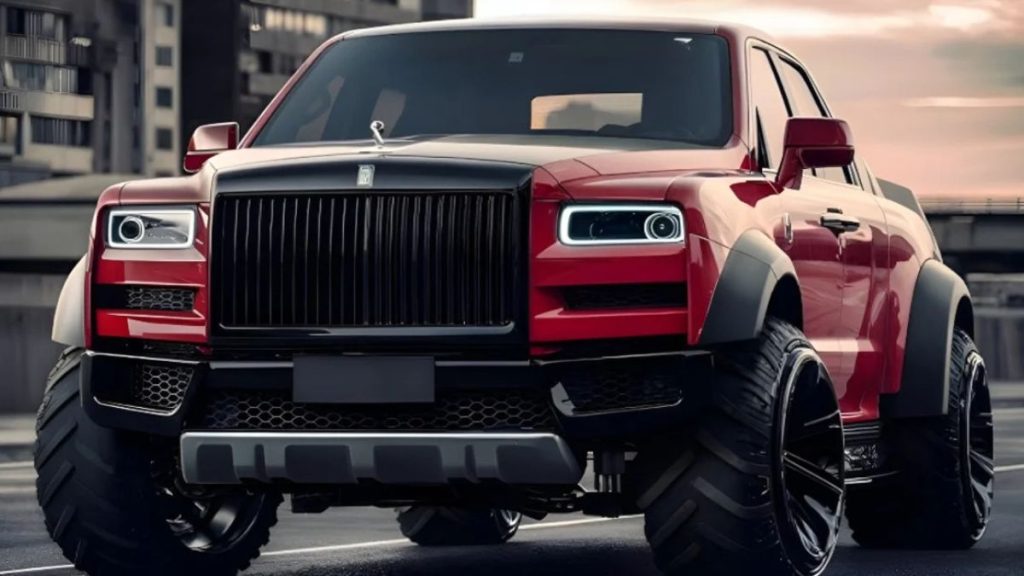When the Tata Nano first rolled onto Indian roads in 2008, it wasn’t just another car launch — it was a revolution in motion. Designed to make car ownership accessible to millions, the Nano became a symbol of hope, ambition, and innovation.
For the first time, middle-class families could dream of owning a brand-new car for just ₹1 lakh — a price tag that made global headlines and put India on the world’s automotive map.
But while the Nano began as a dream, its journey was filled with triumphs, challenges, and lessons that continue to shape the Indian automobile industry today.
The Visionary Behind the Nano
The story of the Nano begins with Ratan Tata, the visionary chairman of the Tata Group. One rainy day, he saw a family of four precariously balancing on a scooter — a father driving, the mother seated behind, and two children squeezed in between.
That image sparked an idea: to build a safe, affordable car that could replace two-wheelers for Indian families. It wasn’t just a business move; it was a social mission. Ratan Tata wanted to empower the common Indian family with a car they could afford, maintain, and rely on.
His dream was simple yet powerful — “A car for the people, by the people.”
Innovation in Design and Engineering
Creating the world’s most affordable car wasn’t easy. The Tata Motors engineering team had to rethink every component from scratch. The Tata Nano was small, lightweight, and minimalistic, but never ordinary.
- It featured a 624cc two-cylinder engine, positioned at the rear to save space and reduce costs.
- Its compact body made it perfect for India’s narrow, traffic-packed streets.
- The car could comfortably seat four adults, offering surprising interior space despite its tiny footprint.
- With great fuel efficiency and low running costs, the Nano appealed to budget-conscious buyers.
The design philosophy was clear: simplicity meets practicality. Every bolt and panel was optimized to deliver maximum value at minimum cost — a true example of Indian engineering genius.
A Grand Launch and Global Attention
When Tata Motors unveiled the Nano at the 2008 Auto Expo in New Delhi, the crowd erupted in applause. The idea of a brand-new car priced at just ₹1 lakh ($2,000) was unheard of.
The Nano’s launch became an international sensation, earning headlines across the globe as the “world’s cheapest car.” Major publications and auto experts hailed it as a groundbreaking innovation that could change mobility in developing nations.
Tata Motors was praised for challenging global norms — proving that innovation could come from India, not just the West or Japan.
The Challenges Begin
However, the dream soon ran into roadblocks. While the Nano generated massive interest, converting curiosity into sales proved difficult.
First, production delays plagued its rollout. Then came safety concerns, with reports of a few Nanos catching fire making national headlines. Although Tata Motors addressed these issues and offered replacements, the damage to its image had been done.
But perhaps the biggest challenge was branding. Instead of promoting it as a “smart, affordable innovation,” marketing focused on it being the “cheapest car in the world.”
That label, while factually true, created a psychological barrier — many buyers didn’t want to be associated with the “cheapest” product, especially when cars were seen as a symbol of social status in India.
Why the Nano Failed to Take Off
Despite its noble mission and innovative design, the Tata Nano struggled to find its market.
- Affordability vs. Aspiration: The target audience — lower-middle-class families — often couldn’t secure loans or afford additional taxes and registration costs. Meanwhile, aspirational buyers preferred spending slightly more on cars like the Maruti Alto or Hyundai Santro, which offered a more premium image.
- Limited Features: While practical, the Nano lacked basic comforts such as power steering and air-conditioning in early variants.
- Marketing Missteps: The “cheapest car” narrative overshadowed its engineering brilliance.
- Changing Perceptions: Over time, urban buyers saw the Nano as a compromise rather than a revolution.
By 2018, sales had dropped so low that Tata Motors officially ended production, marking the end of an ambitious yet misunderstood chapter.
The Legacy That Lives On
Even though the Nano’s commercial journey ended, its legacy remains powerful. It represented the spirit of Indian innovation — the belief that great ideas can emerge from bold dreams.
- It inspired global automakers to explore new ways to build low-cost cars without sacrificing safety or design.
- It showcased India’s potential as an engineering powerhouse.
- It broke barriers by democratizing the idea of personal mobility.
For millions of Indians, the Nano wasn’t just a car — it was a symbol of aspiration, a reminder that progress doesn’t always come with a luxury price tag.
The Emotional Connection
The Nano also holds a sentimental place in the hearts of many Indians. For those who bought it, it wasn’t about owning the cheapest car — it was about owning their first car. It became a part of family memories, long drives, and daily commutes.
Collectors today view it as a piece of automotive history, and well-preserved models are already gaining vintage appeal. The Nano may not have sold millions, but it carved its name in India’s cultural and emotional landscape.
A Glimpse of a Possible Comeback
In recent years, whispers of a Tata Nano comeback have reignited excitement. With India’s rapid shift toward electric mobility, Tata Motors may bring back the Nano as a compact electric vehicle (EV).
Given Tata’s success with the Nexon EV and Tiago EV, an electric Nano could be a game-changer in the urban mobility segment — offering a low-cost, zero-emission alternative for city driving.
If revived, the new Nano could combine its small size, lightweight frame, and modern battery technology, making it an affordable EV for the masses — fulfilling Ratan Tata’s dream in a greener, more sustainable way.
The Unfinished Dream
The Tata Nano may not have achieved the commercial success Tata Motors envisioned, but it remains a testament to ambition and innovation. It challenged global assumptions, inspired countless engineers, and became a symbol of Indian ingenuity.
Sometimes, the greatest legacies aren’t about how long something lasts — but about how deeply it inspires. And the Nano continues to do just that.
If the Nano returns in electric form, it could write a new chapter of success, proving once again that dreams never truly die — they just evolve.
Frequently Asked Questions (FAQs)
Q1. What made the Tata Nano so special?
The Tata Nano was special because it was designed to be the world’s most affordable car, offering safe and comfortable transportation for Indian families at an unprecedented price.
Q2. Why did the Tata Nano fail?
Despite its innovation, the Nano failed due to branding missteps, limited features, and financial inaccessibility for its target audience. The label “cheapest car” hurt its image among aspirational buyers.
Q3. When did Tata Motors stop producing the Nano?
Production officially stopped in 2018 after sales fell drastically and the model failed to meet new market expectations.
Q4. Could the Tata Nano make a comeback?
Yes. There are rumors that Tata Motors may revive the Nano as an electric vehicle (EV), aligning with the company’s focus on sustainable urban mobility.
Q5. What is the legacy of the Tata Nano today?
The Nano remains a symbol of Indian innovation and a milestone in affordable engineering. It continues to inspire automakers worldwide to make mobility accessible for all.
















